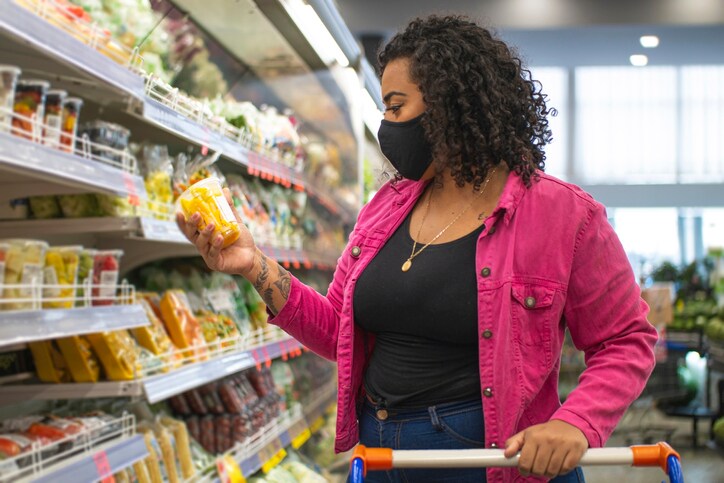 Foreign object detection is crucial to food safety. It underlies key product and quality standards, helping producers maintain brand value by protecting the health of consumers. This is challenging enough under normal circumstances. Poor quality control can allow foreign objects to enter the process at any stage of production all the way to the packaged end-product, which can result in extremely costly product recalls and potentially irreparable damage to your brand. These challenges have been thrown into sharp relief by the ongoing COVID-19 pandemic.
Foreign object detection is crucial to food safety. It underlies key product and quality standards, helping producers maintain brand value by protecting the health of consumers. This is challenging enough under normal circumstances. Poor quality control can allow foreign objects to enter the process at any stage of production all the way to the packaged end-product, which can result in extremely costly product recalls and potentially irreparable damage to your brand. These challenges have been thrown into sharp relief by the ongoing COVID-19 pandemic.
Food Safety Challenges During a Pandemic
Consumer behavior has changed drastically over the last year. This has largely been driven by the global response to the COVID-19 pandemic, with key drivers including increased demand for at-home size not institutional food packages; border closures; high infection rates in processing plants; shortages of shipping containers and workers; plus, the lockdown of different food channels. These challenges have placed unprecedented operational demands on food processers, forcing them to make proactive operational changes. This is no easy feat in a globalized sector comprised of multiple complex supply chains with stringent food safety requirements. It is critical that product standards are not allowed to slip during this intense period of change.
Given the economic and safety concerns inherent in the current climate, it has arguably never been more important to carry out robust foreign object detection to ensure enduring product safety and quality standards. Selecting the right foreign object detection technology is subsequently of the utmost importance.
Foreign Object Detection: Sources of Contamination
Foreign objects can contaminate goods at multiple touchpoints in the food supply chain. These may occur at any stage of production from the farm through to retail sales. Consequently, foreign object detection systems suitable to potential foreign objects at critical control points are required to detect a variety of potential contaminants.
Two of the most common sources of contamination include processing and packaging, with the U.S. Food and Drug Administration (FDA) recall list of 2016 showing that virtually all goods and processes are susceptible to contamination problems.
Foreign Object Detection Technologies
Food processers primarily rely on one of two key technologies to carry out foreign object detection on the production line: metal detection, and X-ray detection. The right technology for a given application is typically determined by the characteristics of the food itself, the range of potential contaminants, the minimum detectable foreign object size, and the likelihood of detection.
Metal detection is the most common technology solution deployed for foreign object detection of ferrous, non-ferrous and stainless-steel foreign objects. X-ray systems are designed to detect metallic and non-metallic foreign objects including glass, stone, and plastic.
Looking for Food Safety Information?
Leading retailers have developed stringent codes of practice relating to the prevention of foreign objects in food products. These are established to ensure the highest possible standard of food safety, by specifying which foreign object detection technology should be deployed. Additionally, standards may mandate how these systems should be audited, outline the correct record keeping processes, and when X-ray detection is preferred over metal detection.
To learn more about selecting the right foreign object detection technology for retailer food safety requirements, download the whitepaper on this topic.




Leave a Reply